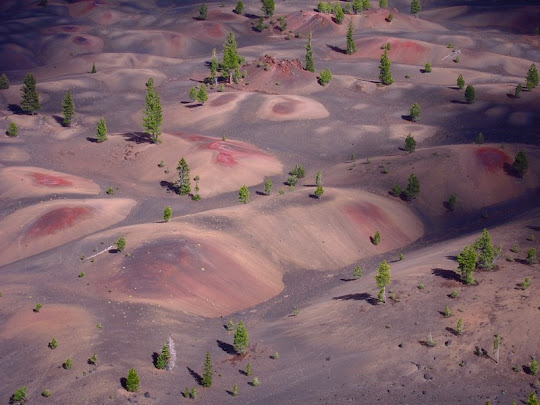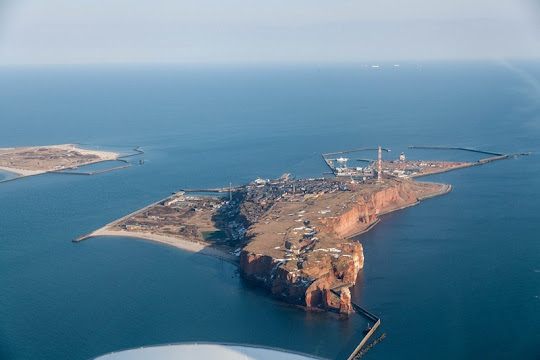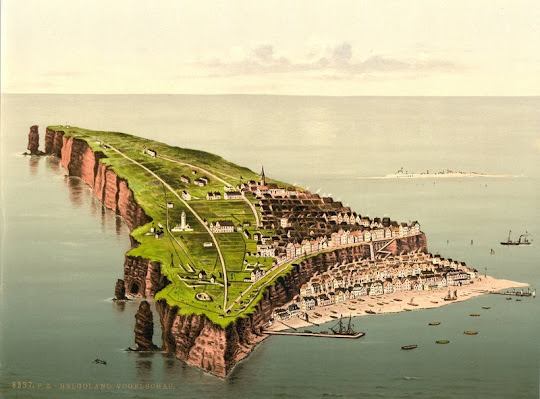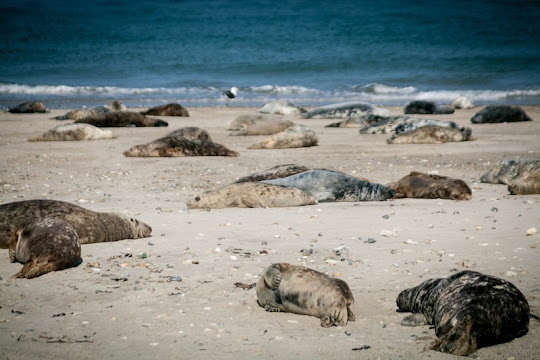The Painted Dunes are multicolored pumice fields formed by oxidation of volcanic ash as they fell out of volcanic eruptions that have sculpted the area inside Lassen National Park in Northern California. The ash on Painted Dunes is brightly oxidized because it fell on lava flows when they were still hot. The Painted Dunes, along with Fantastic Lava Beds, and other eccentric geological features lie near Cinder Cone, a 700-foot tall cinder cone volcano that’s believed to have last erupted in 1650s.
Cinder Cone is composed of loose scoria – a material which began as blobs of gas-charged lava thrown into the sky during an eruption, but fell as hardened volcanic rock containing cavities created by trapped gas bubbles. Later, like many cinder cones, it was snuffed out when several basalt lava flows erupted from its base, creating what has been named the Fantastic Lava Beds.

There are actually two scoria cones at Cinder Cone—the remnants of a nearly completely buried earlier cone can be seen on the larger cone's south side. Much of the earlier cone was probably destroyed by lava flows erupting from its base. The blocks of red, cemented scoria within the Painted Dunes lava flows are pieces of this earlier cone, which were carried away by the flowing lava.
There is a great hiking trail to the top of Cinder Cone from where you can marvel at the landscape transformed by volcanic activity. Climbing the cone is a challenge because of all the loose rocks that keep sliding you down. Painted Dunes is located down the South East face of the cone, and just beyond the Fantastic Lava Beds.





Cinder Cone.

The crater on the summit.


Source
READ MORE»
Cinder Cone is composed of loose scoria – a material which began as blobs of gas-charged lava thrown into the sky during an eruption, but fell as hardened volcanic rock containing cavities created by trapped gas bubbles. Later, like many cinder cones, it was snuffed out when several basalt lava flows erupted from its base, creating what has been named the Fantastic Lava Beds.

There are actually two scoria cones at Cinder Cone—the remnants of a nearly completely buried earlier cone can be seen on the larger cone's south side. Much of the earlier cone was probably destroyed by lava flows erupting from its base. The blocks of red, cemented scoria within the Painted Dunes lava flows are pieces of this earlier cone, which were carried away by the flowing lava.
There is a great hiking trail to the top of Cinder Cone from where you can marvel at the landscape transformed by volcanic activity. Climbing the cone is a challenge because of all the loose rocks that keep sliding you down. Painted Dunes is located down the South East face of the cone, and just beyond the Fantastic Lava Beds.





Cinder Cone.

The crater on the summit.


Source











